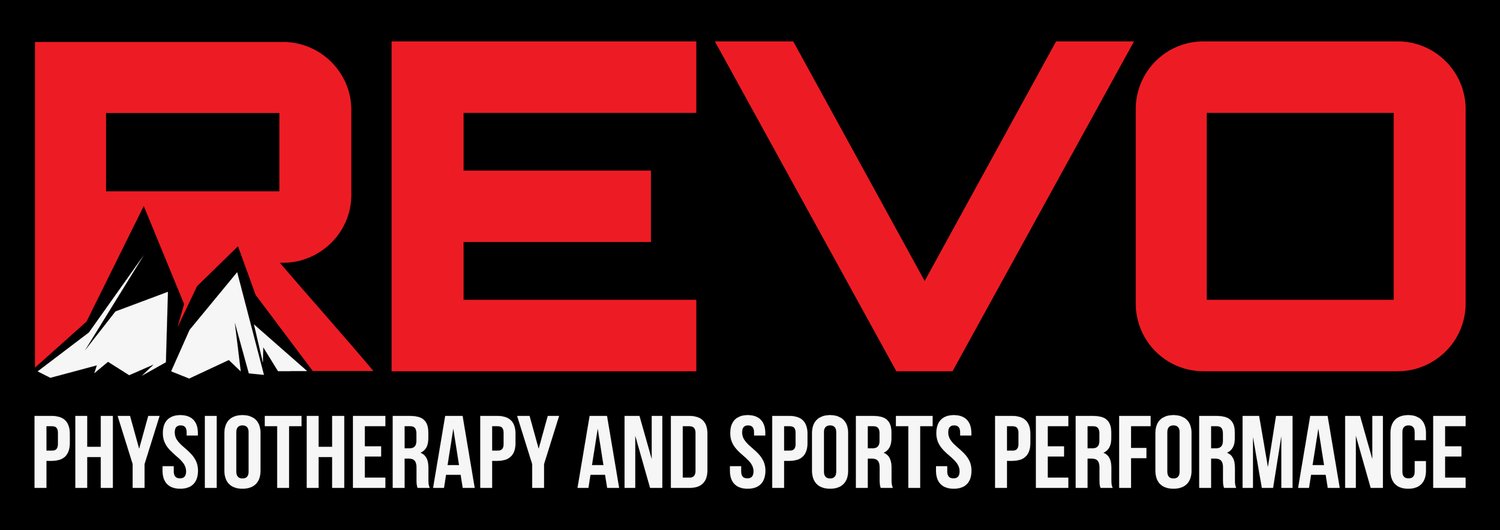Can massage therapy help with my frozen shoulder?
Skilled soft tissue massage therapy can help with frozen shoulder symptoms. Frozen shoulder (also referred to as adhesive capsulitis) is a common, limiting pattern that can be both painful and reduces the amount of active range of motion of the shoulder. This condition often presents with a person's inability to lift their arm away from the centerline (abduct), pain is often felt during the action, and gradually reduces the general range of motion.
The patient with a frozen shoulder will notice they can’t raise or move their arm as much as they used to. When this happens it is a good idea to seek out skilled soft tissue bodywork in your area to ensure that a) the condition improves quickly and b) no new issues develop in the body (compensation patterns) that can become unhelpfully normalized.
Frozen shoulder involves the muscles of the rotator cuff and the joint capsule. The rotator cuff (RC) is comprised of 4 primary muscles that act on the arm to create the action of the main bone of the arm, the humerus. In frozen shoulder, depending on the nature of the initial injury ( a bike/ski fall, repetitive stress injury, etc.) it is the topmost muscle of the rotator cuff that has been affected, namely the supraspinatus.
Massage therapy on its own or as a CAM (Complementary Alternative Modality) paired with traditional orthopedic care can help expedite recovery, reduce pain, and restore range of motion. Depending on the severity of the condition, significant improvements can be made by regular massage sessions 1-2x/week for 3-6 weeks. Once pain is reduced and movement is improving, massage 1-2x/month generally is adequate to continue progress and support the common compensation patterns within the unaffected shoulder.
By effectively treating the muscles involved with the shoulder girdle, and addressing the primary concern while developing balance throughout this region–massage is an excellent, non-invasive way to address this all-too-frequent condition.



